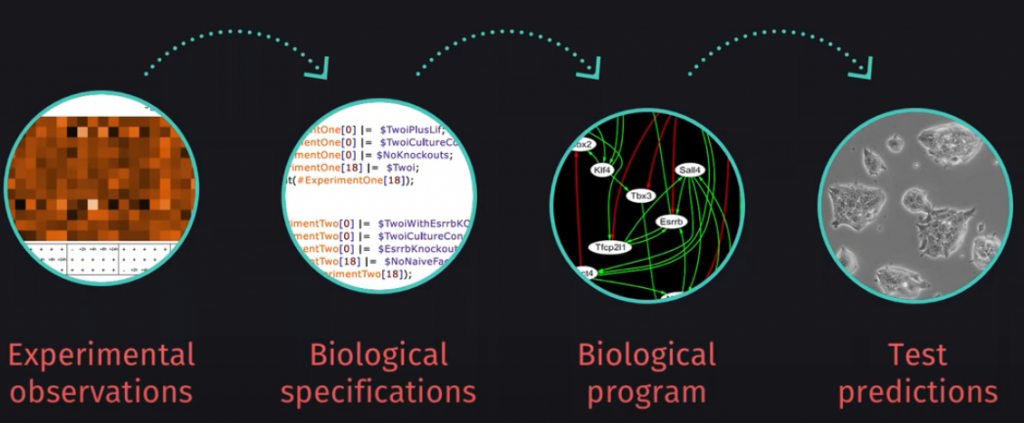March 29, 2020
Originally published on Blossom Analysis
TIHKAL by Alexander & Ann Shulgin is another (after PIHKAL) great biography and chemistry exploration by this amazing couple. You’re taken across the world, from small French villages to Brazilian villas. It’s humorous, opinionated, open-hearted, and overall a great read.
Quick Take
A book like TIHKAL is hard to capture in a summary. First, it doesn’t really explain much in the biography-side of the book. Second, the chemistry and subsequent description are great, but also something that is less well captured. Below is, therefore, more a summary of my interpretation of the themes that the book conveys.
Information Wants to be Free
Alexander (Sascha) is called in as an expert in various scenarios. One time he travels to Spain to help a defendant, another time he is called to Australia to testify as an expert, and one fun story recalls their time in Brazil teaching others how to make MDMA. In each case, he (or they) are there to provide information, to let people know the chemistry and help them make better decisions.
Yet at many moments, starting in the first chapter, they are confronted with a more and more restrictive law. One in which experimentation as a chemist is not possible. One in which drug development is hampered because you can’t make an ‘analog’ (defined so vaguely as to almost encompass any molecule).
Their previous book, PIHKAL, also tries to make information available, and that is probably what got their house raided.
Yet through all of this, I think someone can be hopeful. In some ways, information flows quite freely (e.g. I got this book, can write about it, you can read it). And some countries are wising up to the ‘war on drugs’. Heck, even America has legalized cannabis/weed at the state level.
Research into psychedelics is in full swing and for-profit companies (and probably some universities) are experimenting again with making analogs that might work better or in a different way than the chemicals already known. Who knows, many of the people involved here could have a copy of both books on their shelves. Let’s hope future legislators do.
Psychedelics Work, but How?
Ann (Alice) describes her use of psychedelics as a therapist (one with experience, not with any formal training). She enlightens the reader on how there is an underground layer (can I say cabal) of therapists who have developed therapy sessions around MDMA, MDA, 2CB, and even LSD. She talks about various sessions where the participant/patient takes MDMA and what some criteria are for when they use it (i.e. a long-standing working relationship).
What I didn’t read, and what Ann didn’t suggest, is that we know why they work. Scientists are hard at work trying to figure this out and at this moment (2020) we’re starting to get the first clues (e.g. increased neuroplasticity), but what we do know is that they work.
For whom is it most effective? When should we do it? For who shouldn’t we do it? What is a reasonable dose? And should we give it every week for 6 weeks (similar to what Ann did) or would one time be enough? With guidance, and if yes, how much?
These are all questions that we have at this moment. We might venture to guess at some answers. But what I read between the lines is that we need experience to learn. Experience that we can share (coming back to the information that wants to be free/spread). Experience to which we can apply reason, the scientific method, and a whole bunch of gut feelings.

